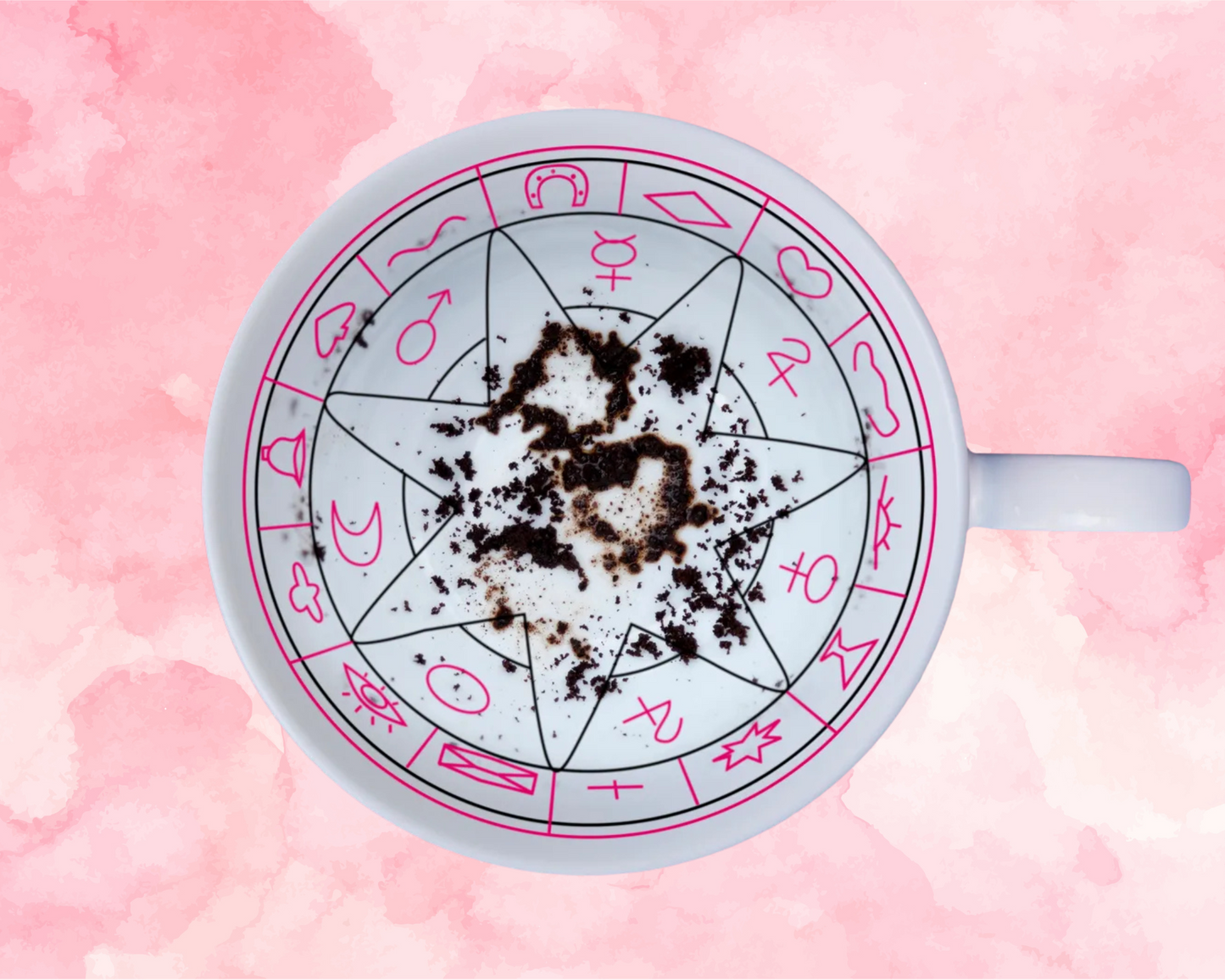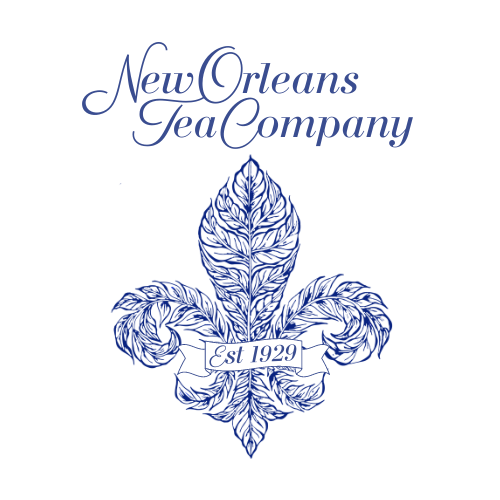
Tasseography, or tea leaf reading, is a form of divination that interprets patterns in tea leaves, coffee grounds, or wine sediments. This mystical art has captivated the imagination and social lives of many, especially women, throughout the ages. Read on to explore the ancient art of tasseography, tracing its origins and exploring its rich history around the world.
The Mystical Origins of Tasseography
The practice of tasseography likely began in China, the birthplace of tea, over a thousand years ago. As tea evolved from a medicinal elixir to a daily indulgence, so, too, did the practice of reading its leaves. This mystical art journeyed along the Silk Road, permeating various cultures and mystifying an array of tea enthusiasts.
By the 17th century, Europe had embraced both tea and tasseography with equal fervor. As the highly coveted beverage became a household staple, so did the intrigue of interpreting the cryptic messages left by the leaves at the bottom of a cup. In a time riddled with uncertainties—from political upheavals to the simple anxieties of daily life—tasseography provided a sense of control, offering those who experienced it a glimpse of the future, however ambiguous it might’ve been.
In Victorian England, the practice found a particular resonance among middle and upper-class women, as it became a beloved parlor activity, blending the social with the supernatural. Tea leaf readings were conducted in the privacy of one’s home or in the communal settings of tea gardens and Victorian parlors. These gatherings were opportunities for women to convene and converse freely in an era when their public and private voices were often stifled.

In fact, for many women, these tea sessions were rare sanctuaries where they could express their concerns, forge confidential alliances, and share suppressed ambitions. The teacup became a vessel of both literal and metaphorical revelations, where the residual leaves swirled into patterns that held the power to affirm or challenge the status quo.
In a way, the art of tea leaf reading wasn’t just a form of entertainment; rather, it was a subtle rebellion against the constrained social roles prescribed to women at the time. It allowed them a form of control over their future and a shared understanding amongst each other, wrapped in the comforting aromas of their freshly poured brews.
Tasseography’s Journey to America
As tea crossed the oceans, so did the practice of tea leaf reading. It found fertile ground in the United States, where the blend of cultures and beliefs created a perfect setting for this ancient art to flourish.
In the early 20th century, American tea rooms became popular social hubs, especially for women. Like they had in Europe, tea rooms became venues where women could congregate, discuss social issues, and enjoy the company of peers without the oversight of male companions.
One such place was the Bottom of the Cup Tea Room in New Orleans. Founded in 1929, this tea room quickly became a cultural icon, known for its unique blend of tea and mystique. Situated in the French Quarter, it drew locals and tourists alike, who came not only for the tea but for the tea leaf readings offered.
Bottom of the Cup Tea Room: A New Orleans Legacy
The Bottom of the Cup Tea Room opened its doors at a time when the popularity of spiritualism and the occult was rising in America. New Orleans, with its deep-rooted history of voodoo and magic, was the perfect backdrop for a tea room specializing in tasseography. The founders, two sisters with a flair for the mystical, capitalized on this trend, combining their love for tea with their interest in divination.
The tea room quickly earned a reputation for its accurate readings and enchanting atmosphere. It became a place where anyone could step away from the chaos of daily life and enjoy a potentially life-changing, mystical experience. The tradition of tea leaf reading at the Bottom of the Cup continues to this day, bridging the past with the present and keeping the art alive in the heart of the city.
In recent years, the practice of tasseography has seen a revival, especially in cities with rich historical and cultural heritages like New Orleans. It appeals to those seeking a connection with the past, as well as to younger generations intrigued by the blend of history, culture, and mysticism.
Whether you’re a skeptic or a believer, the history of tea leaf reading and its impact on the social lives of women is a fascinating chapter in the cultural tapestry of the world.
So, the next time you find yourself in New Orleans, why not stop by and see what your leaves say? After all, in a city known for its secrets, who knows what mysteries you might uncover with just a cup of tea!
